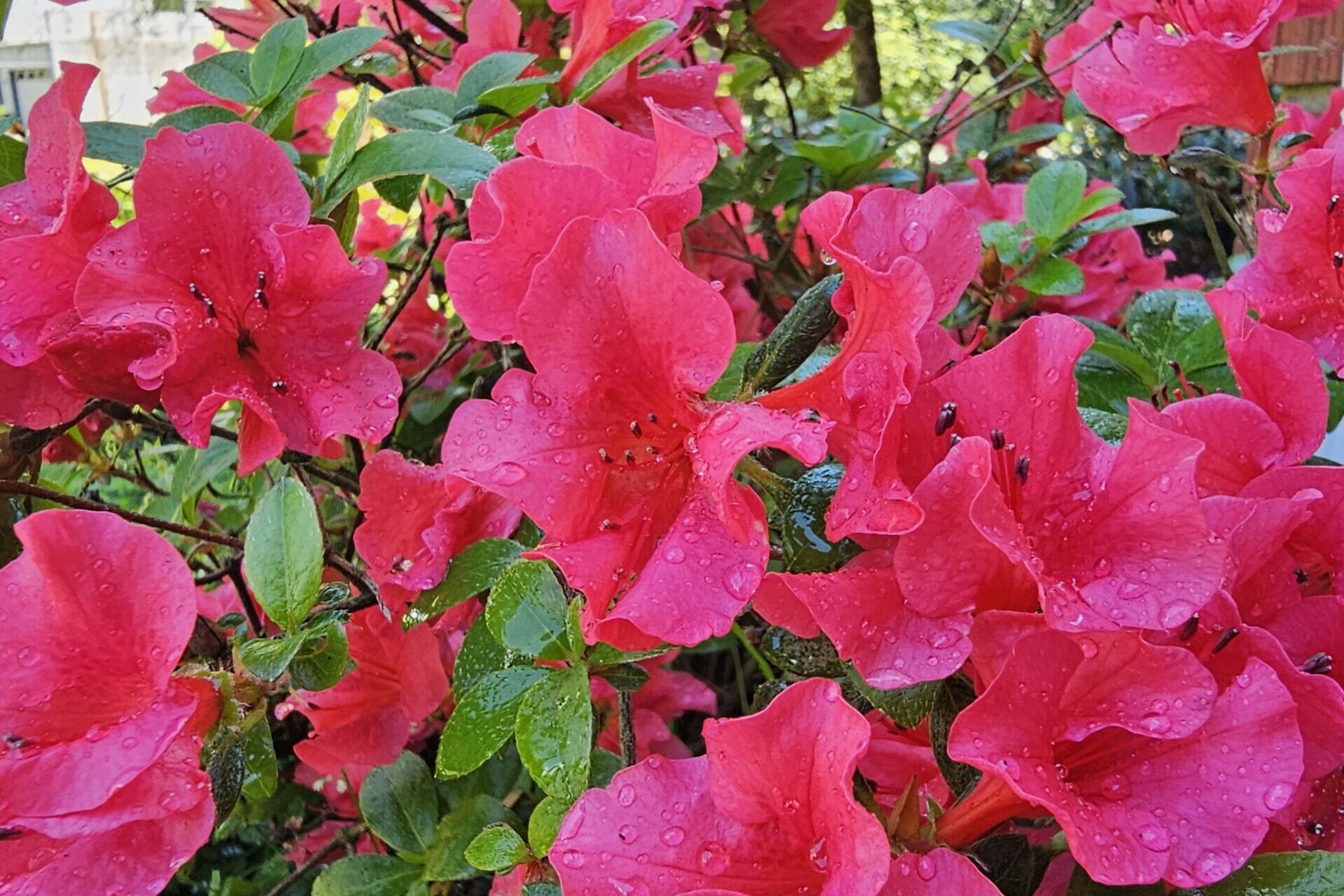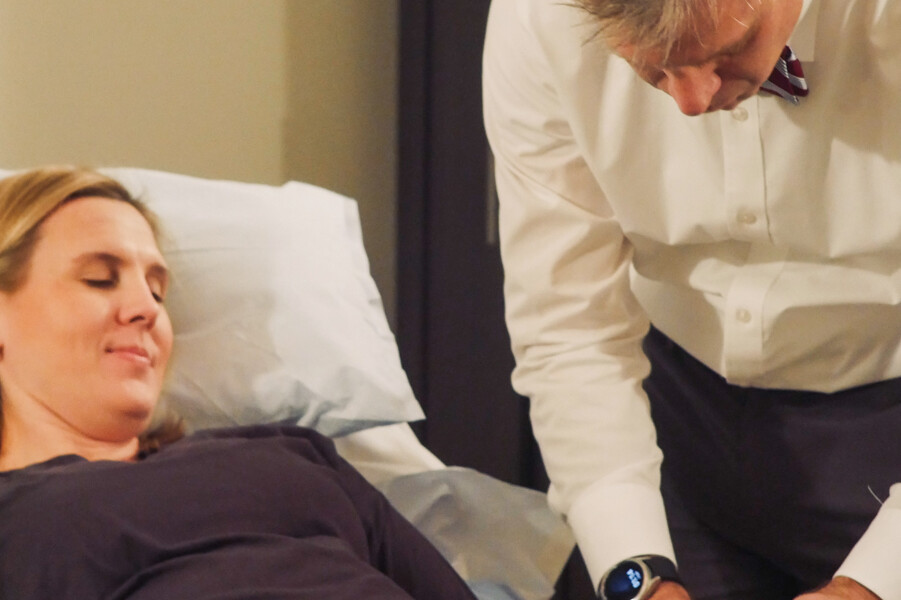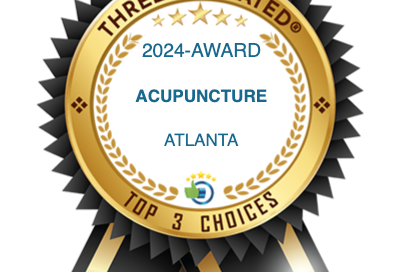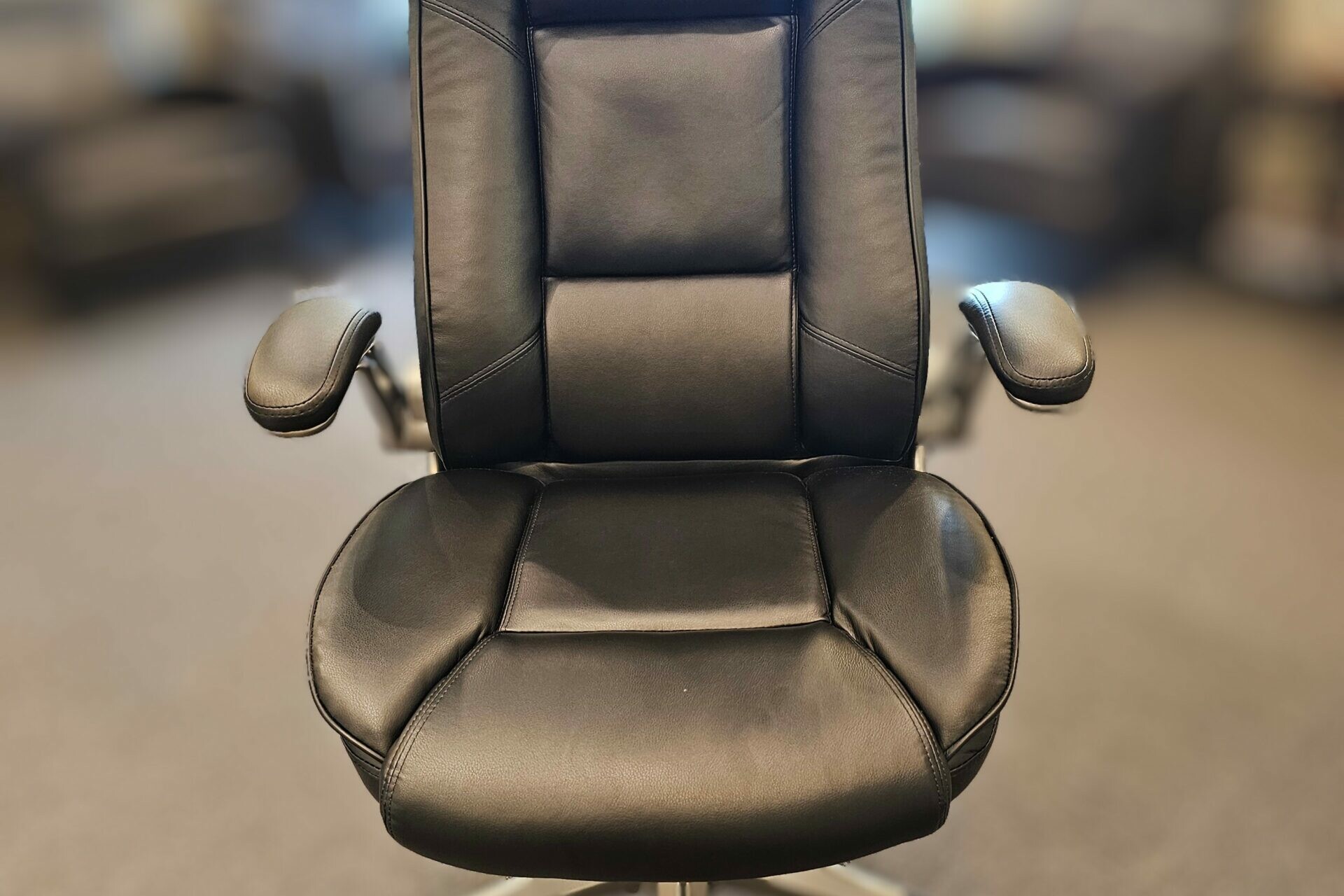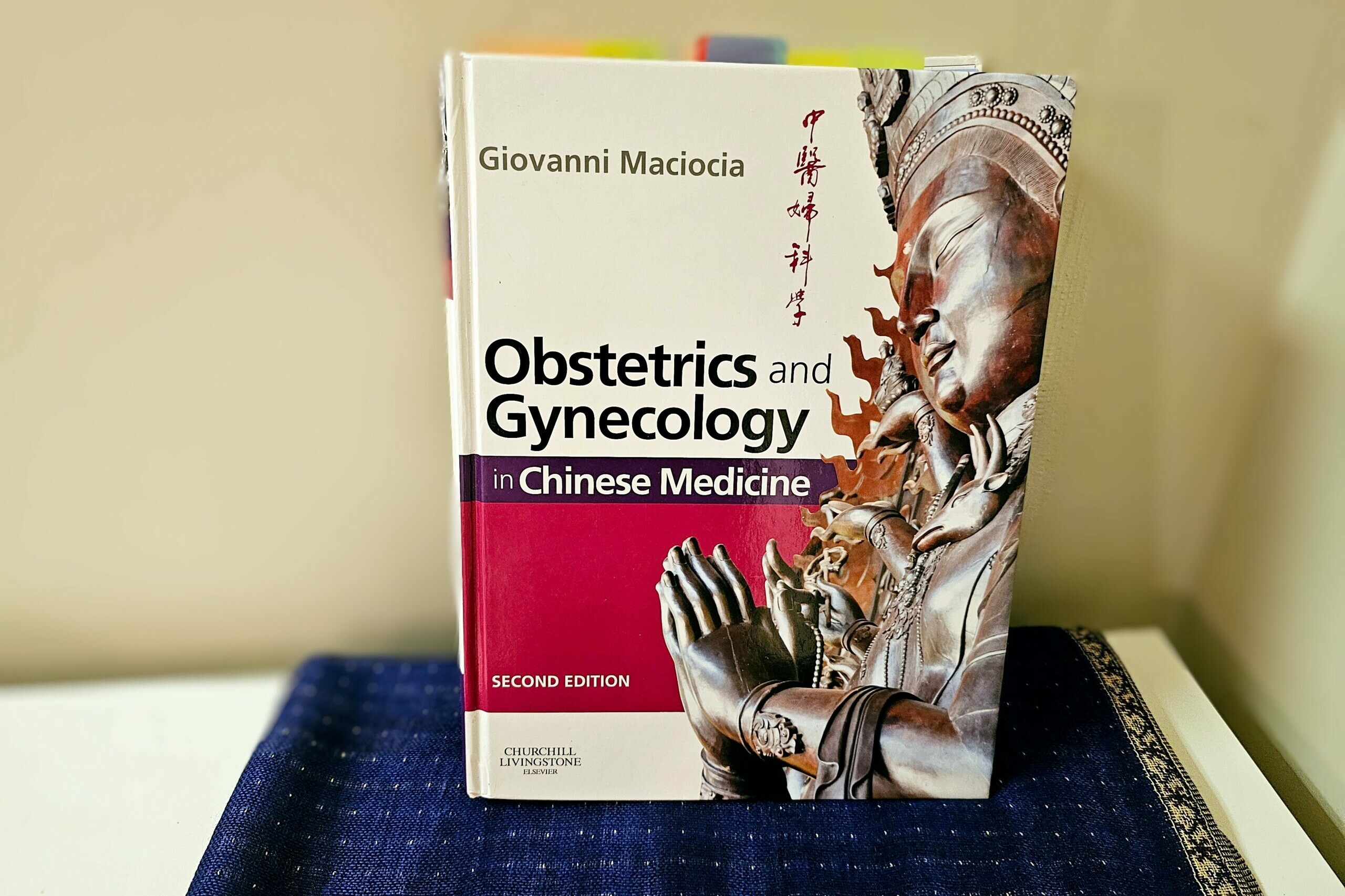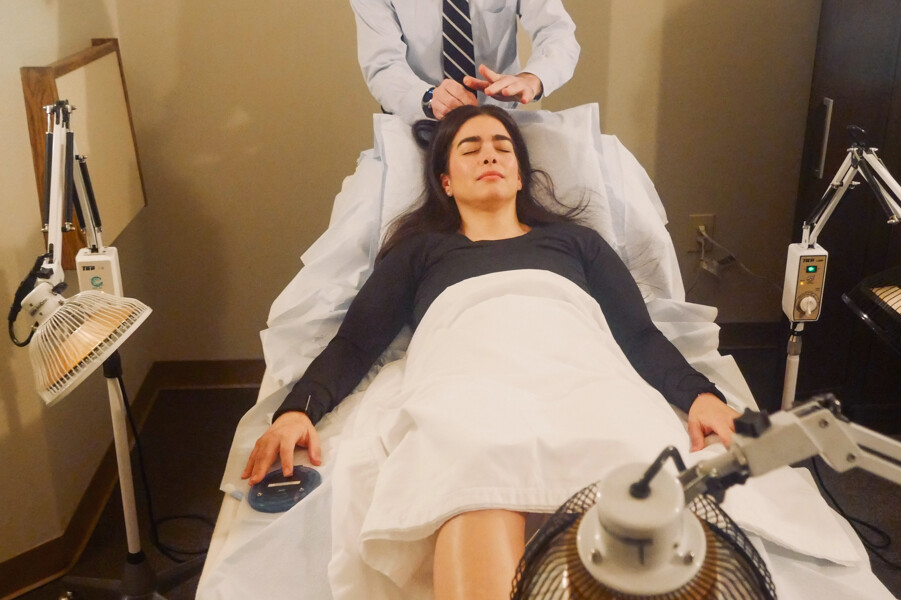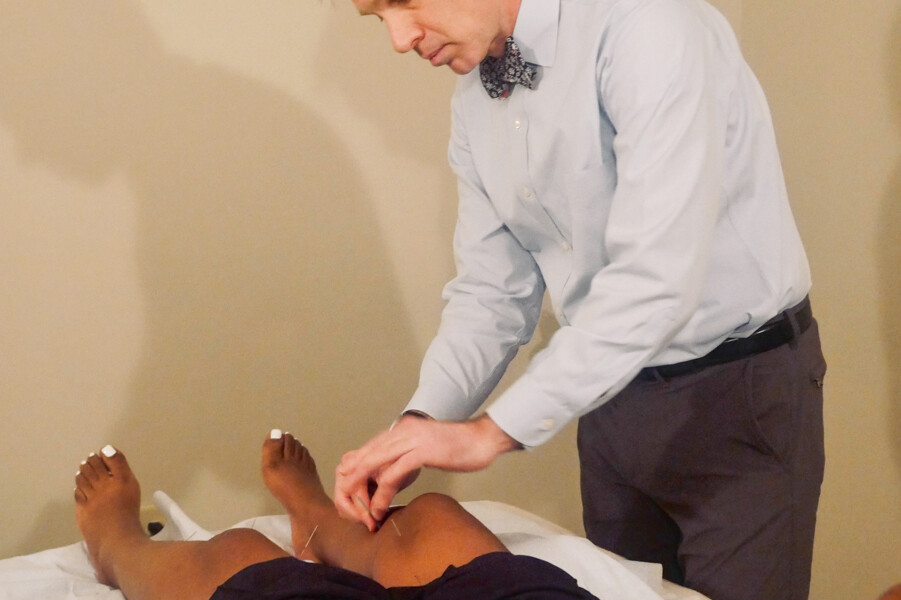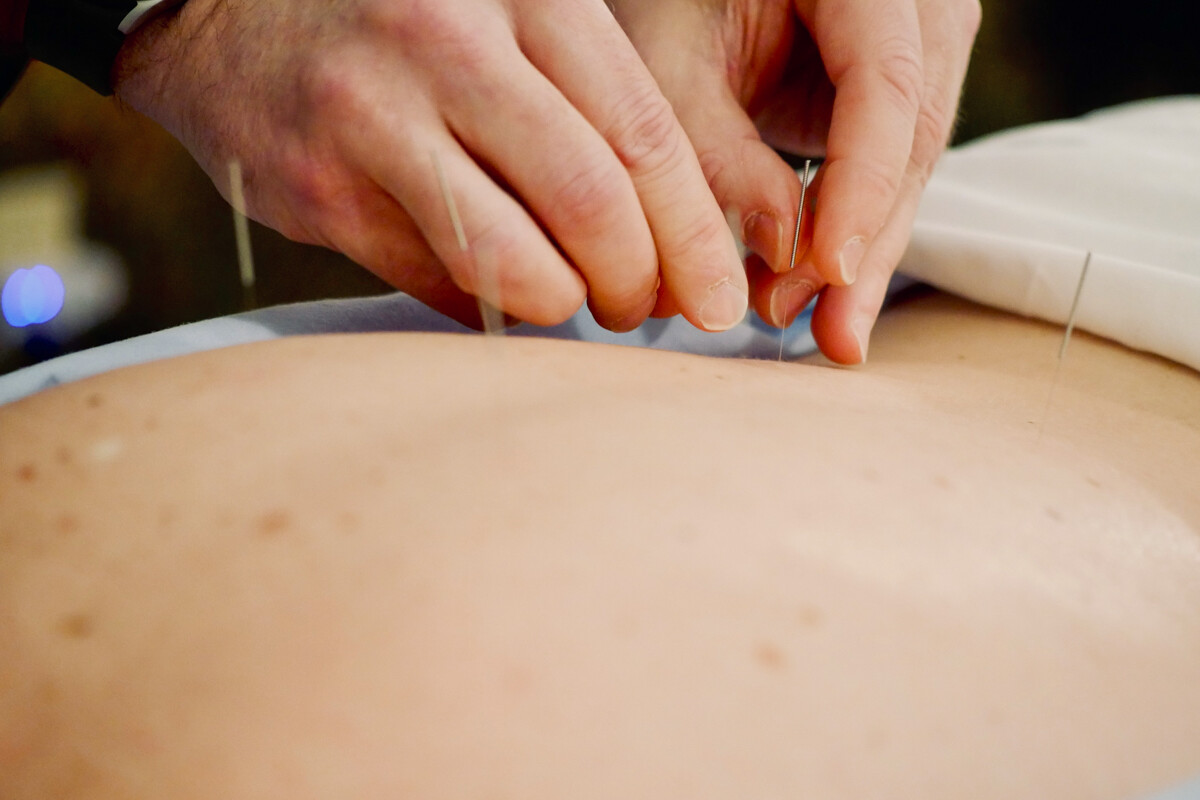June 13, 2024
Understanding Medicare Coverage for Acupuncture in Georgia
Medicare now covers acupuncture for chronic low back pain. Learn the rules,…
May 29, 2024
The Journey to Legalization of Acupuncture in Georgia
Acupuncture has become a common complementary therapy in Georgia, but it wasn’t…
May 16, 2024
Pediatric Acupuncture in Atlanta: A Gentle Option for Children’s Health
Metro Acupuncture provides gentle pediatric care, offering natural relief from…
May 6, 2024
Easing the Emotional Impact of Mother’s Day for Women with Infertility Through Acupuncture
Mother's Day can be complex for women diagnosed with infertility. Acupuncture…
April 22, 2024
Choosing the Right Acupuncturist During Your IVF: A Simple Guide
Looking for the right acupuncturist during your IVF? Consult your reproductive…
April 16, 2024
Elevating IVF Care: My Journey to Becoming an ABORM Fellow
In 2009, I earned my ABORM fellowship, enhancing my acupuncture skills for IVF…
April 8, 2024
Metro Acupuncture in Atlanta, Georgia: A Legacy of Excellence as a Top-Rated Acupuncture Practice
Metro Acupuncture in Atlanta is again named a top clinic in 2024 by The Best…
March 26, 2024
Acupuncture: A Tool for Wellness for Atlanta’s and Sandy Springs’ Corporate Employees
In Sandy Springs, near major corporations, Metro Acupuncture offers relief from…
March 20, 2024
Metro Acupuncture: Your Gateway to Luxurious, Spa-Like Acupuncture Experience in Atlanta
Experience luxurious, serene acupuncture at Metro Acupuncture, a tranquil…
March 18, 2024
Why the Search “Atlanta Acupuncture” Often Turns Into “Atlanta Accupuncture”
Ever noticed 'accupuncture' instead of 'acupuncture'? Common slip-ups due to…
March 11, 2024
TEAS (Transcutaneous Electrical Acupoint Stimulation) for fertility
TEAS, a promising therapy for fertility enhancement, blends traditional…
March 5, 2024
Acupuncture, a Safe and Effective Stress Reduction Method to Use During Your First Trimester of Pregnancy
Acupuncture is safe and effective for stress relief during the first trimester…
February 26, 2024
The Science Behind Far Infrared Heat Therapy: A Powerful Ally in Wound Healing at Metro Acupuncture
Experience the benefits of far infrared heat therapy at Metro Acupuncture. With…
February 6, 2024
Acupuncture, an Approach to Alleviating Hot Flashes for Women in Atlanta
Scientific studies, including the Acupuncture in Menopause (AIM) study and…
February 1, 2024
Acupuncture for Pain: A Safe Approach to Managing Chronic Pain
Acupuncture it stimulates the nervous system, releasing endorphins for pain…
January 28, 2024
A Summary of: “Effects of Acupuncture on Pregnancy Outcomes in Women Undergoing In Vitro Fertilization: An Updated Systematic Review and Meta-analysis”
Published on July 3, 2023, in Archives of Gynecology and Obstetrics, the…
January 25, 2024
Interstitial Cystitis: Understanding the Silent Struggle
Interstitial Cystitis (IC), a chronic bladder disease, severely impacts women,…



